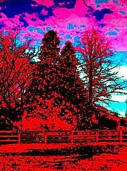
Cedar Gallery
Home
|
Cedar info |
News |
Contact |
![]() Dutch
Dutch
![]()
‘When you go out into the woods and you look at trees, you see
all these different trees. And some of them are bent, and some of them
are straight, and some of them are evergreens, and some of them are
whatever. And you look at the tree and you allow it. You see why it is
the way it is. You sort of understand that it didn't get enough light,
and so it turned that way. And you don’t get all emotional about it. You
just allow it.
The minute you get near humans, you lose all that. And you are
constantly saying ‘You are too this’, or ‘I’m too this’. That judgment
mind comes in. And so I practice turning people into trees. Which menas
appreciating them just the way they are.’
Ram Dass
Ram
Dass, also known as Baba Ram Dass, was an American spiritual teacher,
academic and clinical psychologist, and author of many books.
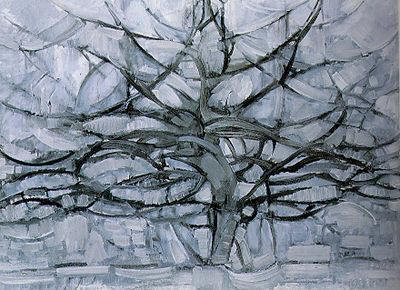
Piet Mondriaan, Gray tree, 1911
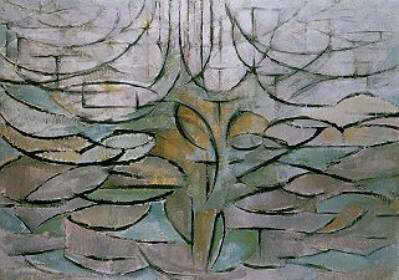
Piet Mondriaan,
Blooming Appletree, 1912
Piet Mondriaan painted a variety of trees.
Mondrian's art always was intimately related to his spiritual and
philosophical studies. In 1908, he became interested in the theosophical
movement launched by Helena Petrovna Blavatsky in the late 19th century;
and, in 1909, he joined the Dutch branch of the Theosophical Society.
The work of Blavatsky and a parallel spiritual movement, Rudolf
Steiner's Anthroposophy, significantly affected the further development
of his aesthetic. Blavatsky believed that it was possible to attain a
more profound knowledge of nature than that provided by empirical means,
and much of Mondrian's work for the rest of his life was inspired by his
search for that spiritual knowledge.
Mondrian and his later work were also deeply influenced by the 1911
Moderne Kunstkring exhibition of Cubism in Amsterdam.


Piet Mondriaan, Trees along the Gein, 1907
Piet Mondriaan,
The Red Tree, 1908
* * * * * * * * * * * * * * * * * * * * * * * * * * * * * * TOP * * * * * * * * * * * * * * * * * * * * * * * * * * * * * * *
Ilya Yefimovich Repin (1844 – 1930) was a
leading Russian painter and sculptor. An important part of his work is
dedicated to his native country, Ukraine.
His realistic works often expressed great psychological depth and
exposed the tensions within the existing social order. Beginning in the
late 1920s, detailed works on him were published in the Soviet Union,
where a Repin cult developed about a decade later. He was held up as a
model ‘progressive’ and ‘realist’ to be imitated by ‘Socialist Realist’
artists in the USSR.
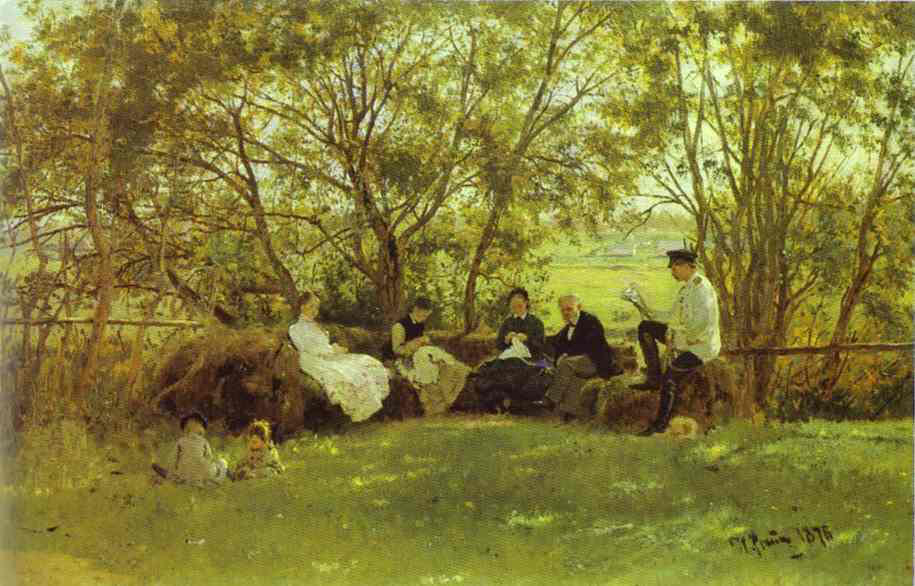
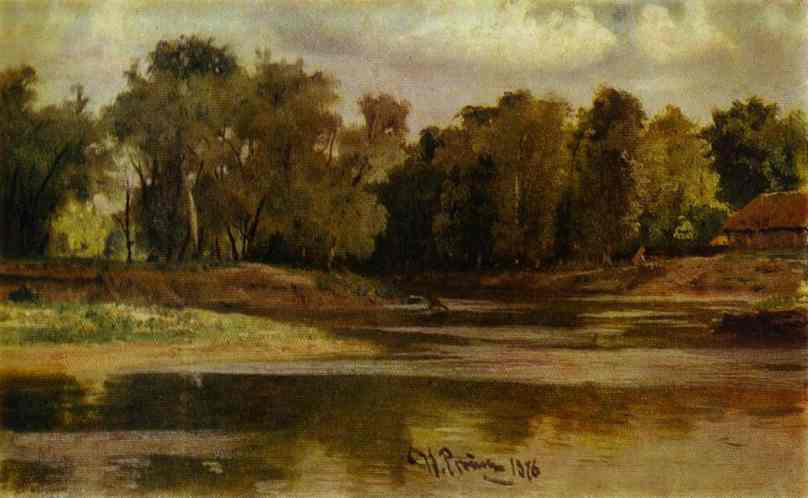
Ilya Repin, 1876
* * * * * * * * * * * * * * * * * * * * * * * * *
* * * * *
TOP * * * * * * * * * * * * * * * * *
* * * * * * * * * * * * * *
Anatol, Hombroich
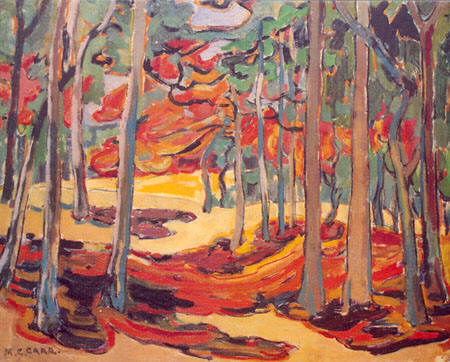
Emily Carr, Autumn Woods

Lawren Harris, Beaver swamp
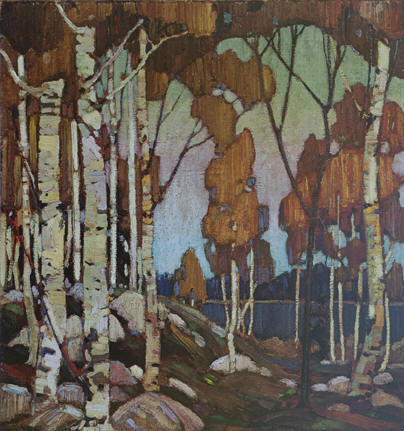
Tom Thomson, decorative landscape, birches
* * * * * * * * * * * * * * * * * * * * * * * * * * * * * * TOP * * * * * * * * * * * * * * * * * * * * * * * * * * * * * * *
Vincent van Gogh (1853 – 1890) was a Dutch post-Impressionist painter whose work, notable for its rough beauty, emotional honesty and bold color, had a far-reaching influence on 20th-century art. After years of painful anxiety and frequent bouts of mental illness, he died aged at the age of 37.
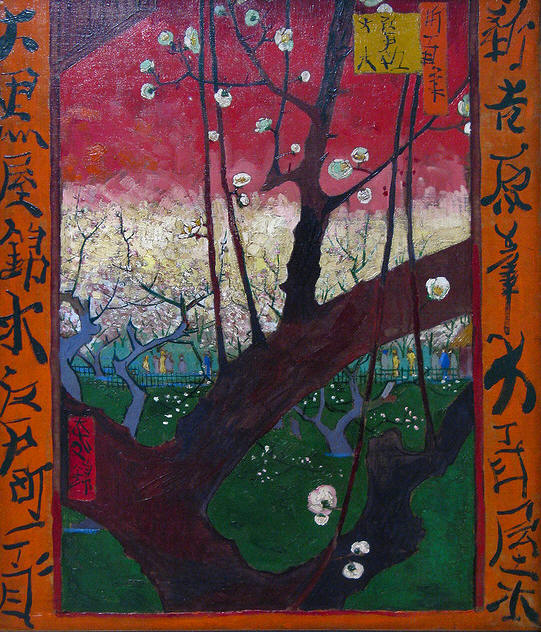
Blooming Plumtree after Hiroshige, 1887
Cypresses
One of van Gogh's most popular and widely known series are his
Cypresses.
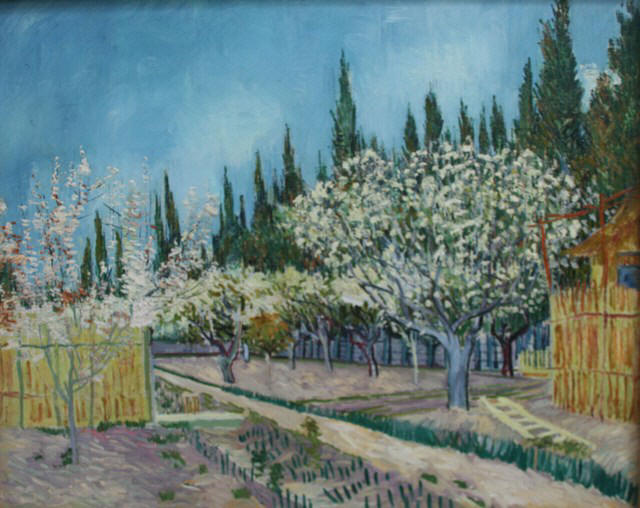
'Orchard bordered by cypresses', 1888
The Olive Trees

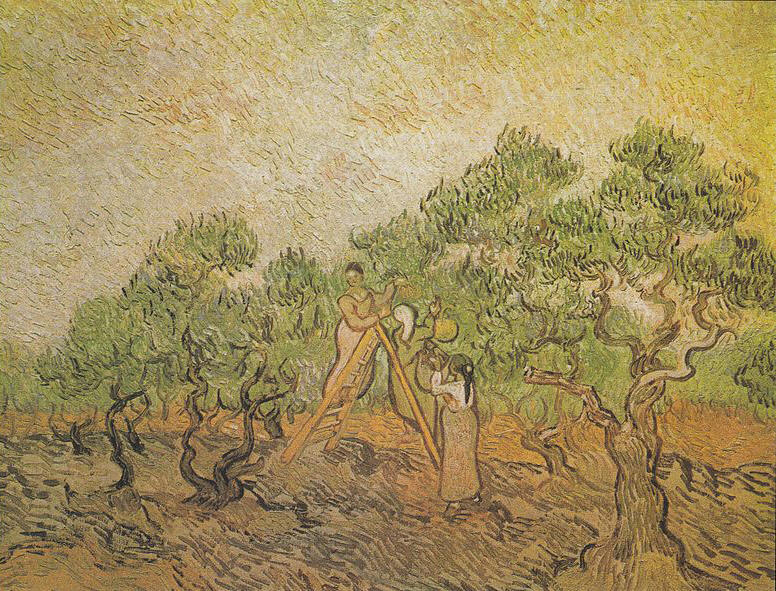
Vincent van Gogh painted at least 18 paintings of olive trees, mostly in
Saint-Rémy in 1889. At his own request, he lived at an asylum there from
May 1889 through May 1890 painting the gardens of the asylum and, when
he had permission to venture outside its walls, nearby olive trees,
cypresses and wheat fields.
The olive tree paintings had special significance for Van Gogh. A group
in May 1889 represented life, the divine and the cycle of life while
those from November 1889 arose out of Van Gogh's attempt to symbolize
his feelings about Christ in Gethsemane. His paintings of olive pickers
demonstrate the relationship between man and nature by depicting one of
the cycles of life, harvesting or death. It is also an example of how
individuals, through interaction with nature, can connect with the
divine.

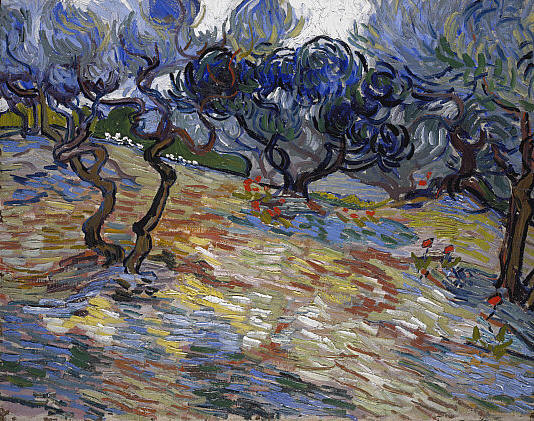
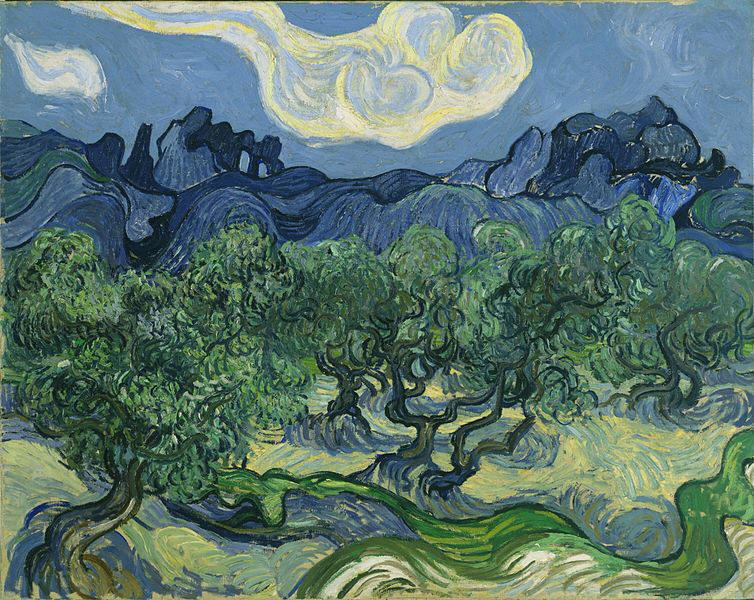
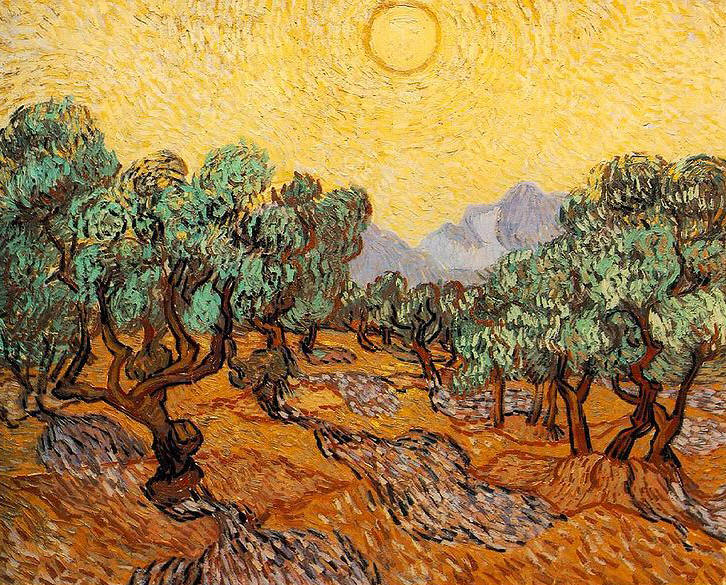
Van Gogh found respite and relief in interaction with nature. When the
series of olive tree paintings was made in 1889 Van Gogh was subject to
illness and emotional turmoil, yet the paintings are among his finest
works.
* * * * * * * * * * * * * * * * * * * * * * * * * * * * * * TOP * * * * * * * * * * * * * * * * * * * * * * * * * * * * * * *
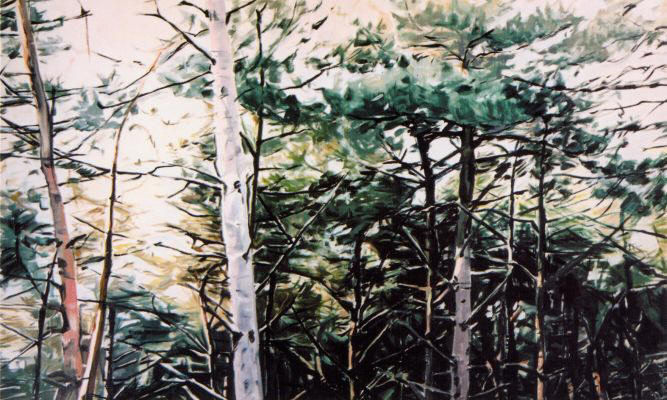
Roel van Daal, Nature
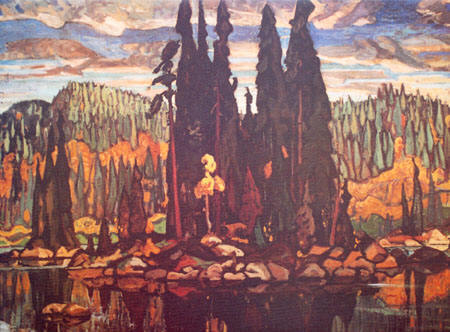
Arthur Lismer, Isles of spruce
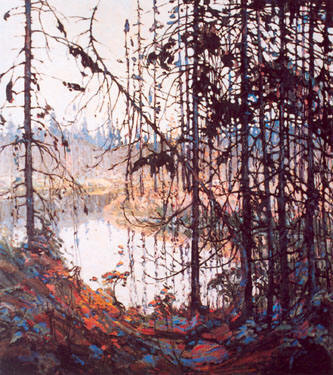

Tom Thomson, Northern river and
Spring Algonquin Park

Tom Thomson, The Jack Pine
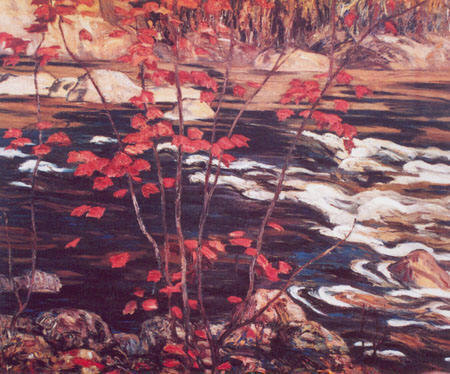
A.Y. Jackson, The red maple
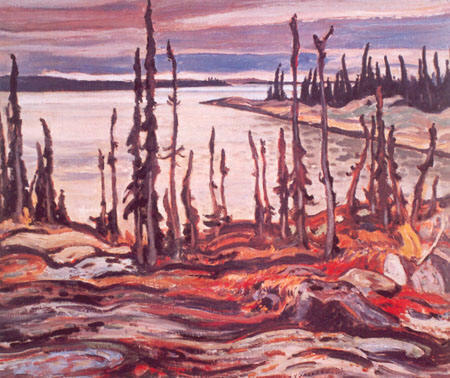
A.Y. Jackson, Wilderness Deese Bay
* * * * * * * * * * * * * * * * * * * * * * * * * * * * * * TOP * * * * * * * * * * * * * * * * * * * * * * * * * * * * * * *
Stanislaw Lewkowicz
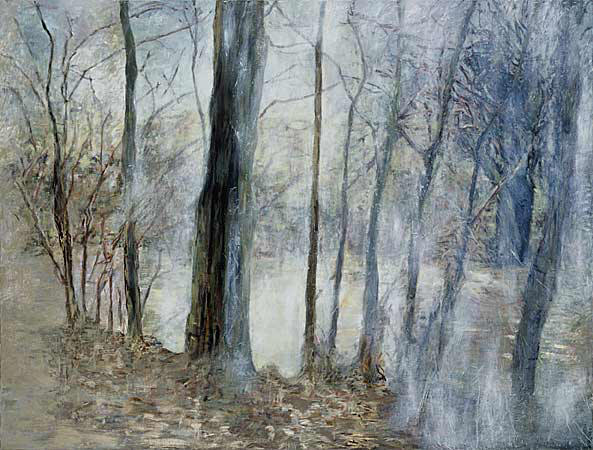
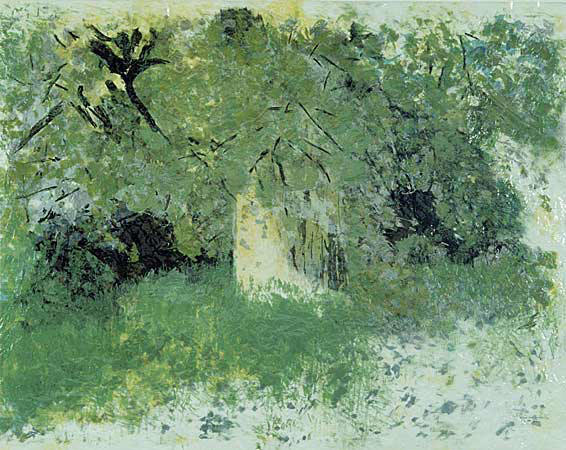
Row of trees along the water and
Old Poplar
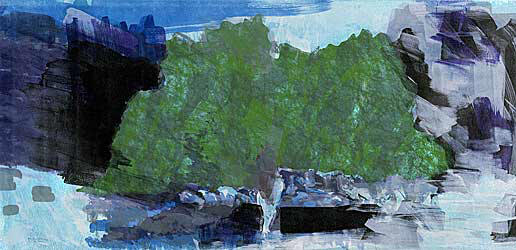
Purpletree
* * * * * * * * * * * * * * * * * * * * * * * * * * * * * * TOP * * * * * * * * * * * * * * * * * * * * * * * * * * * * * * *
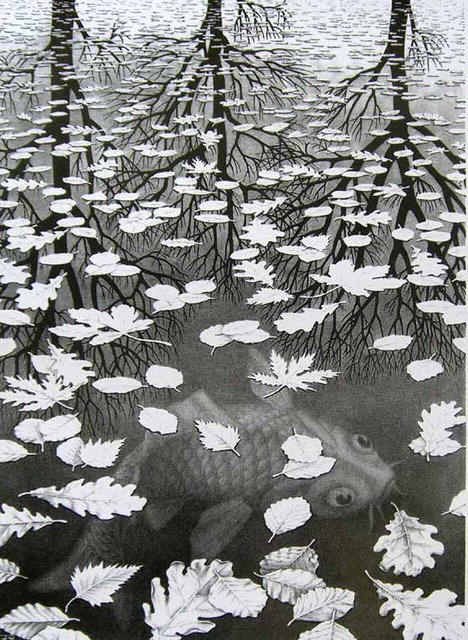
You are invited to help us to create a wonderful site as well. So please contribute your tree paintings to
Cedar Gallery: cedars@live.nl
Texts, pictures,
etc. are the property of their respective owners.
Cedar Gallery is a non-profit site. All works and articles are published
on this site purely for educational reasons, for the purpose of
information and with good intentions. If the legal representatives ask
us to remove a text or picture from the site, this will be done
immediately. We guarantee to fulfill such demands within 72 hours.
(Cedar Gallery reserves the right to investigate whether the person
submitting that demand is authorized to do so or not).
The contents of this website (texts, pictures and other material) are protected by copyright. You are welcome to visit the site and enjoy it, but you are not allowed to use it, copy it, spread it. If you like to use a picture or text, first send your request to
* * * * * * * * * * * * * * * * * * * * * * * * * * * * * * TOP * * * * * * * * * * * * * * * * * * * * * * * * * * * * * * *